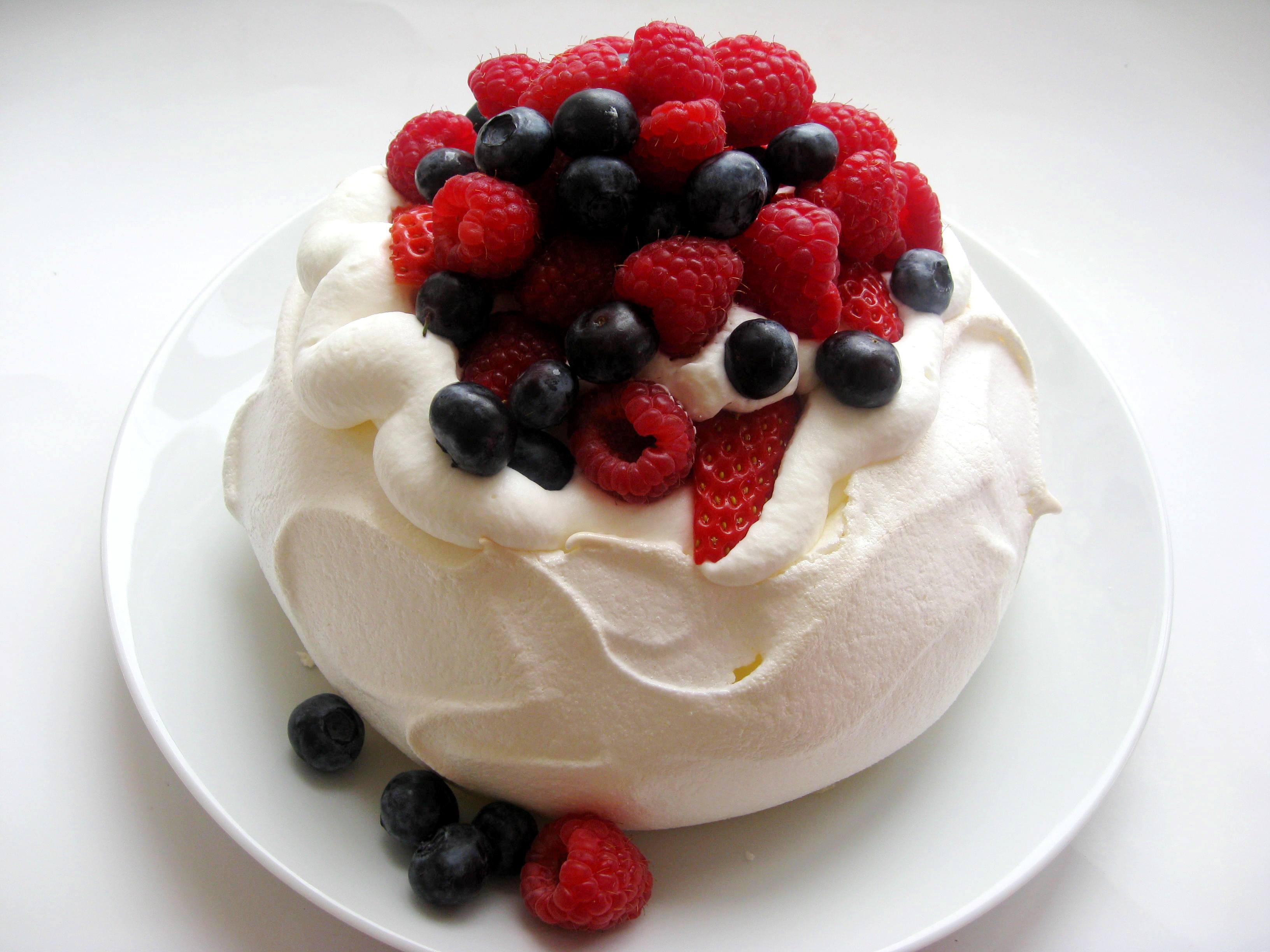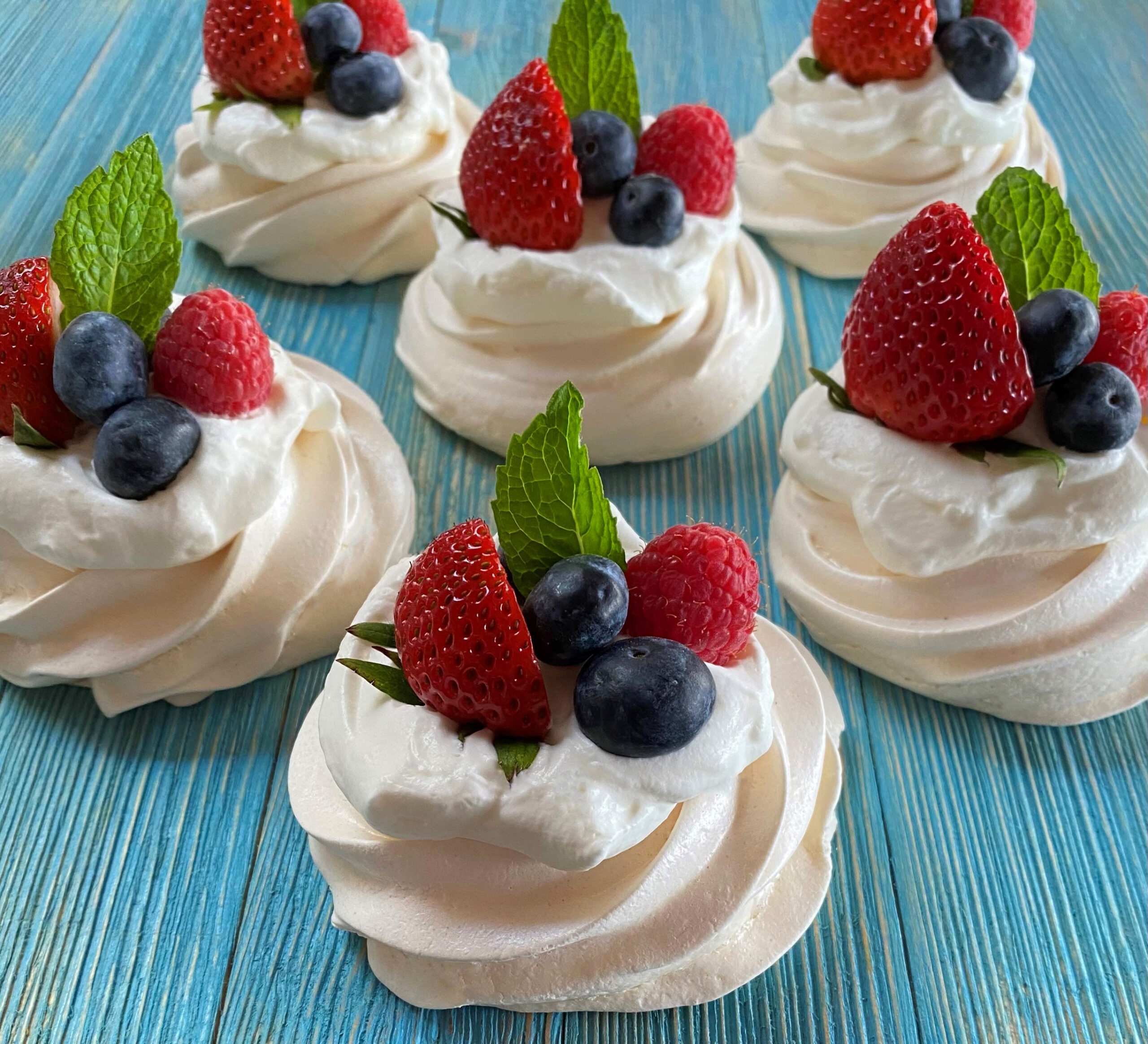All You Need To Know About Pavlova: A Dessert Worth Savoring
What is Pavlova? It's a question many dessert enthusiasts ask when they first hear the name. Pavlova is a meringue-based dessert that boasts a crisp outer shell with a soft, marshmallow-like center. It is typically topped with whipped cream and fresh fruits, such as strawberries, kiwis, and passion fruit, creating a delightful balance of sweetness and tanginess. Considered a culinary masterpiece, Pavlova is as much a feast for the eyes as it is for the palate.
Named after the world-famous Russian ballerina Anna Pavlova, this dessert is said to have been created in her honor during her tours of Australia and New Zealand in the 1920s. While both countries claim its origin, Pavlova remains a beloved treat around the globe, particularly during festive occasions and celebrations. Its light and airy texture make it a perfect dessert for warmer months, yet its elegance ensures it graces tables year-round.
From its intriguing history to the art of preparing it, Pavlova is a dessert that goes beyond the plate. In this article, we’ll delve into the origins, variations, preparation techniques, and everything else you need to know about Pavlova. Whether you’re a seasoned baker or someone curious about this iconic dessert, there’s something here for everyone.
- Perfect Guide To Building The Ultimate Chipotle Order
- Ultimate Guide To Equinox Brickell Fitness Luxury And Lifestyle
Table of Contents
- Origin and History of Pavlova
- Who Was Anna Pavlova?
- What Makes Pavlova Unique?
- How to Make Pavlova Step-by-Step
- Key Ingredients in Pavlova
- Can Pavlova Be Customized?
- Common Mistakes to Avoid
- Pavlova vs. Other Meringue Desserts
- Is Pavlova Gluten-Free?
- Best Toppings for Pavlova
- How to Store Pavlova?
- Pavlova in Popular Culture
- Frequently Asked Questions
- Conclusion
Origin and History of Pavlova
The history of Pavlova is as fascinating as the dessert itself. It is widely believed to have been created in honor of Anna Pavlova, the Russian ballerina who captured the hearts of audiences worldwide with her graceful performances. However, the debate over whether it originated in Australia or New Zealand has been a long-standing culinary contention.
Some say the dessert was first made by a chef in Wellington, New Zealand, during Anna Pavlova’s tour in 1926. The chef reportedly described the dessert as "light as Pavlova." On the other hand, Australians claim the dessert was first served in a Perth hotel. Despite its disputed origins, Pavlova has become a symbol of pride for both nations.
Over the decades, Pavlova has transcended its regional roots to become a global dessert phenomenon. Its simplicity, combined with its sophisticated appearance, makes it a favorite for celebrations, including Christmas, weddings, and birthdays.
- Mastering Musical Brilliance The Unique Appeal Of Mnozil Brass
- Luxury Redefined The Ultimate Guide To Sake Lounge Atmospheres
Who Was Anna Pavlova?
Anna Pavlova was a renowned Russian ballerina, celebrated for her ethereal dance style and her portrayal of "The Dying Swan," a role created specifically for her by choreographer Michel Fokine. Born on February 12, 1881, in St. Petersburg, Russia, Pavlova’s influence extended far beyond the world of ballet. Her tours across continents introduced audiences to ballet and inspired numerous art forms, including the iconic dessert named after her.
Personal Details
| Full Name | Anna Matveyevna Pavlova |
|---|---|
| Date of Birth | February 12, 1881 |
| Place of Birth | St. Petersburg, Russia |
| Famous For | Ballet and "The Dying Swan" |
| Date of Death | January 23, 1931 |
| Legacy | Inspiration for the dessert Pavlova |
What Makes Pavlova Unique?
Pavlova stands out among desserts for its unique combination of textures and flavors. The outer shell is crisp and delicate, while the inside is soft and pillowy, offering a delightful contrast. This combination is achieved by carefully whipping egg whites and sugar until stiff peaks form, then baking the mixture at a low temperature.
Another aspect that sets Pavlova apart is its versatility. It serves as a blank canvas for creativity, allowing chefs and home bakers to experiment with toppings. From the traditional whipped cream and fresh fruits to modern variations featuring chocolate, nuts, and exotic flavors, the possibilities are endless.
How to Make Pavlova Step-by-Step
Making Pavlova may seem daunting at first, but with the right technique and a bit of patience, anyone can master it. Here’s a step-by-step guide:
Ingredients
- 4 large egg whites
- 1 cup granulated sugar
- 1 teaspoon white vinegar
- 1 teaspoon vanilla extract
- 2 teaspoons cornstarch
- Whipped cream and fresh fruits for topping
Instructions
- Preheat your oven to 250°F (120°C) and line a baking sheet with parchment paper.
- In a clean mixing bowl, beat the egg whites until soft peaks form.
- Gradually add sugar, one tablespoon at a time, while continuing to beat. The mixture should become glossy with stiff peaks.
- Gently fold in the vinegar, vanilla extract, and cornstarch.
- Spoon the mixture onto the baking sheet, forming a circular shape with a slight indentation in the center for the toppings.
- Bake for 90 minutes, then turn off the oven and let the Pavlova cool inside without opening the door.
- Once cooled, top with whipped cream and your choice of fruits. Serve immediately.
Keep in mind that humidity can affect the texture of your Pavlova. For best results, choose a dry day for baking.
Key Ingredients in Pavlova
Each ingredient in Pavlova plays a crucial role in achieving its signature texture and flavor:
- Egg Whites: The foundation of the meringue, providing structure and volume.
- Sugar: Adds sweetness and stabilizes the egg whites during whipping.
- Cornstarch: Helps create the marshmallow-like interior.
- Vinegar: Enhances the stability of the meringue.
- Vanilla Extract: Adds a hint of flavor.
Optional toppings like whipped cream and fresh fruits enhance the dessert’s overall appeal, offering a delightful contrast to the sweet meringue base.
Can Pavlova Be Customized?
Absolutely! One of Pavlova’s greatest strengths is its customizability. Here are some popular variations:
- Chocolate Pavlova: Add cocoa powder to the meringue mixture and top with chocolate shavings.
- Tropical Pavlova: Use fruits like mango, pineapple, and passion fruit for a tropical twist.
- Nutty Pavlova: Sprinkle chopped nuts over the whipped cream topping.
The only limit is your imagination. Whether you prefer classic or contemporary flavors, Pavlova can adapt to suit your tastes.
Common Mistakes to Avoid
While making Pavlova is relatively straightforward, there are some common pitfalls to watch out for:
- Overbeating the Egg Whites: This can cause the meringue to collapse.
- Skipping the Cooling Step: Allowing the Pavlova to cool in the oven is essential for maintaining its structure.
- Using Humid Conditions: High humidity can make the meringue sticky and less crisp.
By avoiding these mistakes, you can ensure a perfect Pavlova every time.
Frequently Asked Questions
1. Is Pavlova difficult to make?
Not at all! With the right technique and patience, even beginners can master Pavlova.
2. Can I make Pavlova ahead of time?
Yes, you can prepare the meringue base a day in advance and store it in an airtight container. Add toppings just before serving.
3. What fruits go best with Pavlova?
Fruits with a balance of sweetness and acidity, such as berries, kiwis, and passion fruit, work best.
4. How do I store leftover Pavlova?
Store leftovers in the refrigerator in an airtight container. However, note that the meringue may lose its crispness over time.
5. Is Pavlova suitable for people with gluten intolerance?
Yes, Pavlova is naturally gluten-free, provided the toppings and additional ingredients are also gluten-free.
6. Can I freeze Pavlova?
While it’s possible to freeze the meringue base, the texture may change. It’s best enjoyed fresh.
Conclusion
Pavlova is more than just a dessert; it’s a testament to culinary artistry and creativity. Whether you’re savoring its rich history, crafting it in your kitchen, or enjoying it with loved ones, Pavlova is a treat that never goes out of style. With its unique texture, versatility, and elegance, it’s no wonder this dessert has captured the hearts of people worldwide.
If you’ve never tried Pavlova, now is the perfect time to experience its magic. Gather your ingredients, follow the steps, and create your own masterpiece. After all, there’s no better way to celebrate life’s sweet moments than with a slice of Pavlova.
- The Ultimate Guide To Vimeo Ott Revolutionizing Video Streaming Platforms
- Maxwell Air Force Base Visitor Center Your Gateway To History And Heritage

Pavlova

Mini Pavlovas Cooking Mamas